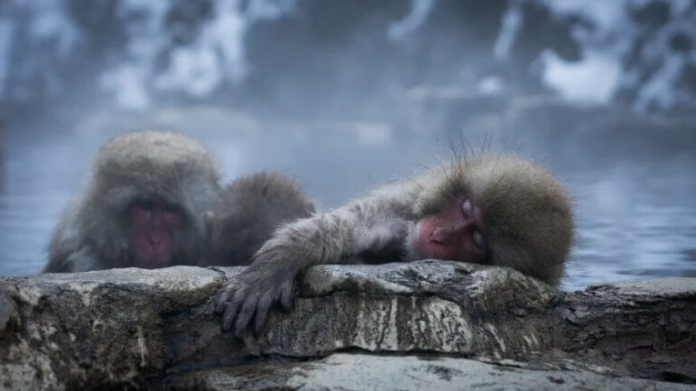Same-sex behavior, including homosexual and bisexual behavior, is commonly observed in many mammal species. While the reasons behind this behavior have long been debated, a recent study suggests that same-sex behavior may have evolved as a strategy to reduce conflict within social groups.
Understanding Same-Sex Behavior
Same-sex behavior refers to sexual or social interactions between individuals of the same sex. It is observed in a wide range of mammal species, including primates, rodents, and marine mammals.
[ Trevor Noah’s Take On Cyril Ramaphosa As President: A Comic Perspective ]
For a long time, researchers have tried to understand the evolutionary purpose of same-sex behavior. Some theories propose that it may serve reproductive or social functions, while others suggest that it may be a byproduct of other evolutionary processes.
The Study
A recent study published in the journal Science Advances sheds new light on the evolution of same-sex behavior in mammals. The researchers analyzed data from over 450 mammal species and found a strong correlation between same-sex behavior and reduced aggression within social groups.
The study suggests that the behavior may function as a form of social bonding, promoting cooperation and reducing conflict. In species where individuals compete for resources or mates, it may also help establish and maintain social alliances.
By engaging in same-sex interactions, individuals can develop relationships that improve their chances of survival and reproductive success.
Implications
The findings of this study have important implications for our understanding of same-sex behavior in mammals. They challenge the notion that same-sex behavior is solely driven by reproductive or social dominance motives.
Instead, the study suggests that the behavior may be a natural and adaptive strategy to reduce conflict within social groups. It highlights the complexity of animal behavior and the diversity of evolutionary pathways that can lead to the expression of same-sex behaving in a similar way
Conclusion
The study provides valuable insights into the evolution of same-sex interaction in mammals. It suggests that same-sex behavior may serve as a mechanism to reduce conflict and promote social cohesion within social groups.
Further research is needed to fully understand the underlying mechanisms and evolutionary forces driving same-sex behavior. By studying same-sex behavior in different mammal species, we can gain a deeper understanding of the diversity and complexity of animal behavior.















